Frederic Eugene Ives was born on February 17, 1856, in Litchfield, Connecticut. He developed the first successful half-tone process and invented the “Kromskop,” which projected three identical images through different colored filters to produce some of the first color photographs.
After his father died, Ives began a three-year apprenticeship with the Litchfield Enquirer, learning the art of making printing blocks through wood engraving. This printing experience led him to develop an interest in photography. Despite never having a formal education, Ives proved to have a natural talent and understanding for printmaking and proved to be inventive and hard-working.
Ives eventually moved to Ithaca, New York where he got a job as head of the photographic laboratory at Cornell University by the time he was 18 years old. While working at Cornell, Ives began looking for a new way to print photographs. Photographs have continuous tone, and the printing methods of the day couldn’t handle this. Some, such as wood engravings, alternate white and black spaces. Existing continuous tone processes, such as Woodburytype, were good, but expensive and time consuming.
In 1878, Ives developed an early half-tone process using a swelled gelatin relief, which translated an image, such as a photograph, into a pattern of dots of various sizes to recreate the appropriate tones of the image. This process, called “halftone photogravure,” could be used to create a printing plate that would reproduce pictures for publication in newspapers or magazines. In 1885, Ives further enhanced this printing method by adding improved screening. While others had experimented with half-tone printing for 20 years before this, Ives’s process was the first that proved to be commercially successful and was quickly adopted for the printing of books, magazines, and newspapers.
Ives went on to develop many other optical devices and photographic techniques, receiving 70 patents during his lifetime. These innovations include: the photochromoscope camera; the chromogram, which displayed the three-separation color negative produced by the camera; and the modern short-tube, single objective binocular microscope.
Ives was also a pioneer in the field of color photography. He developed a system of natural color photography in 1885 and unveiled his Kromskop color photography system in 1897. To create these early color photos, Ives photographed three separate images using red, green, and blue filters. The filtered negatives were placed into Ives’s special viewer, and when viewed together, appeared as one color image. Ives’s Kromskop was popular for about 10 years, after which new innovations were made in color photography.
Ives also patented an early form of 3-D technology. His parallax stereogram was the first 3-D display technology that didn’t require glasses. However, the image had to be viewed from a specific spot for the viewer to see the full 3-D effect.
For his contributions, Ives received several medals and awards, including the Progress Medal of London’s Royal Photographic Society, the Franklin Institute’s Elliott Cresson Medal, the Edward Longstreth Medal, and the John Scott Medal. Ives died in Philadelphia on May 27, 1937.
| FREE printable This Day in History album pages Download a PDF of today’s article. Get a binder or other supplies to create your This Day in History album. |
Discover what else happened on This Day in History.

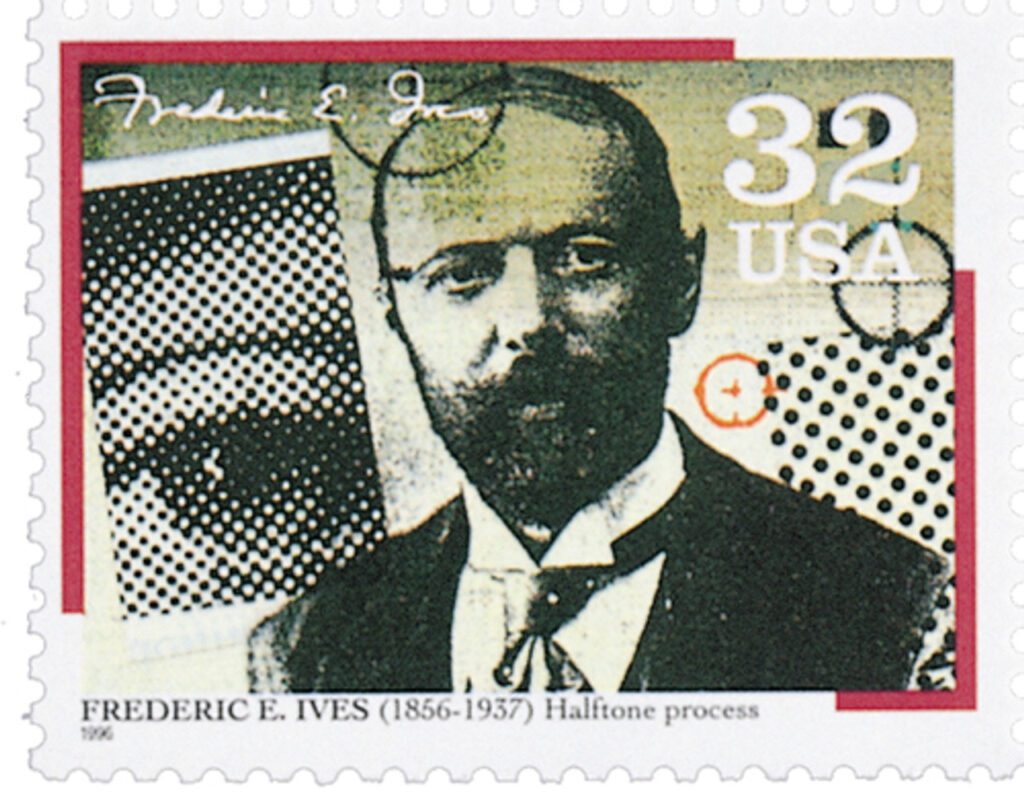
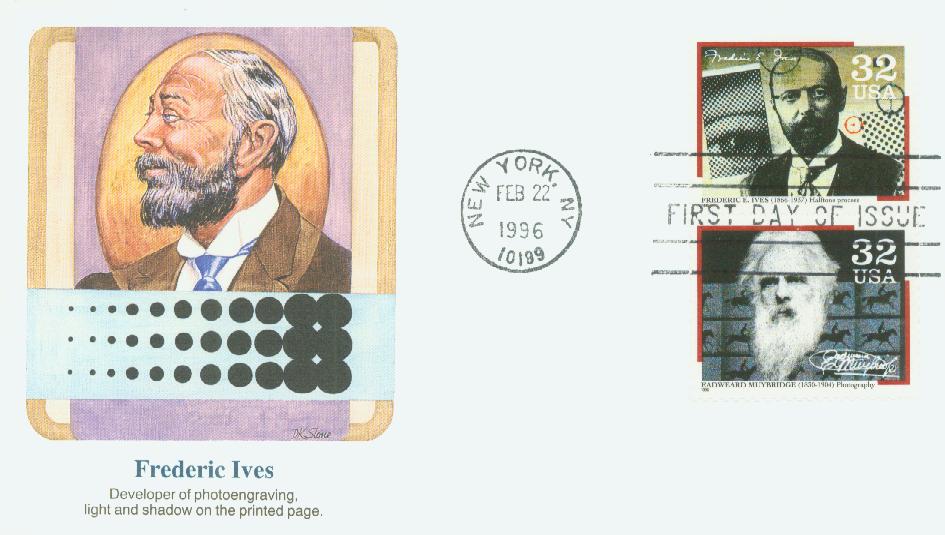
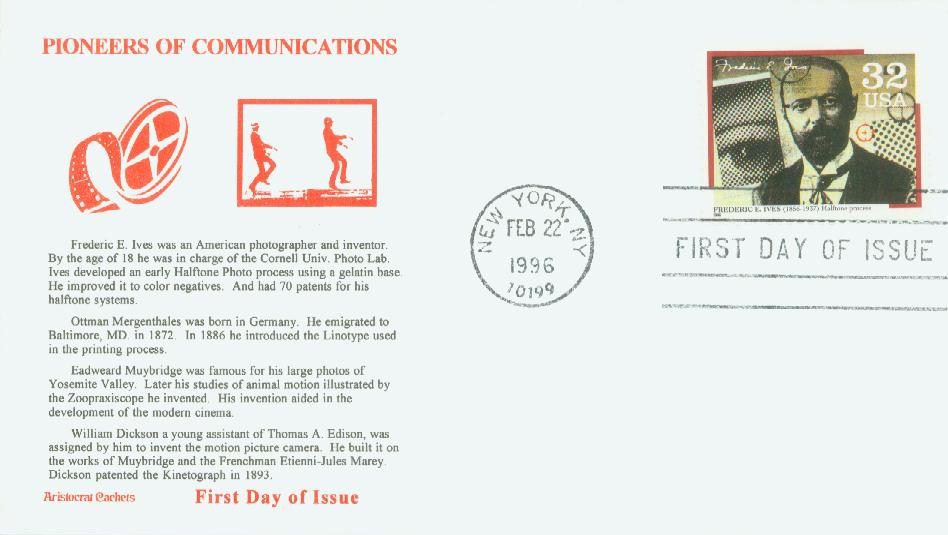
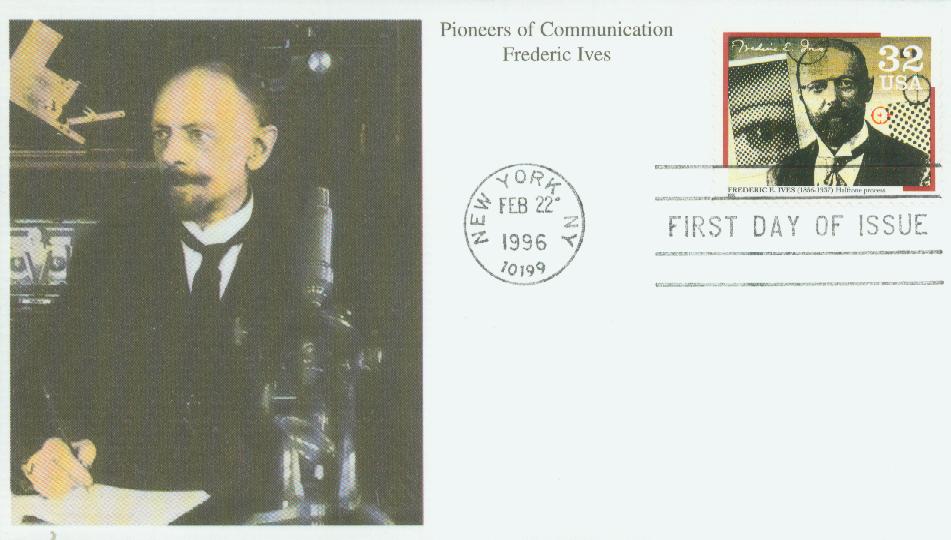

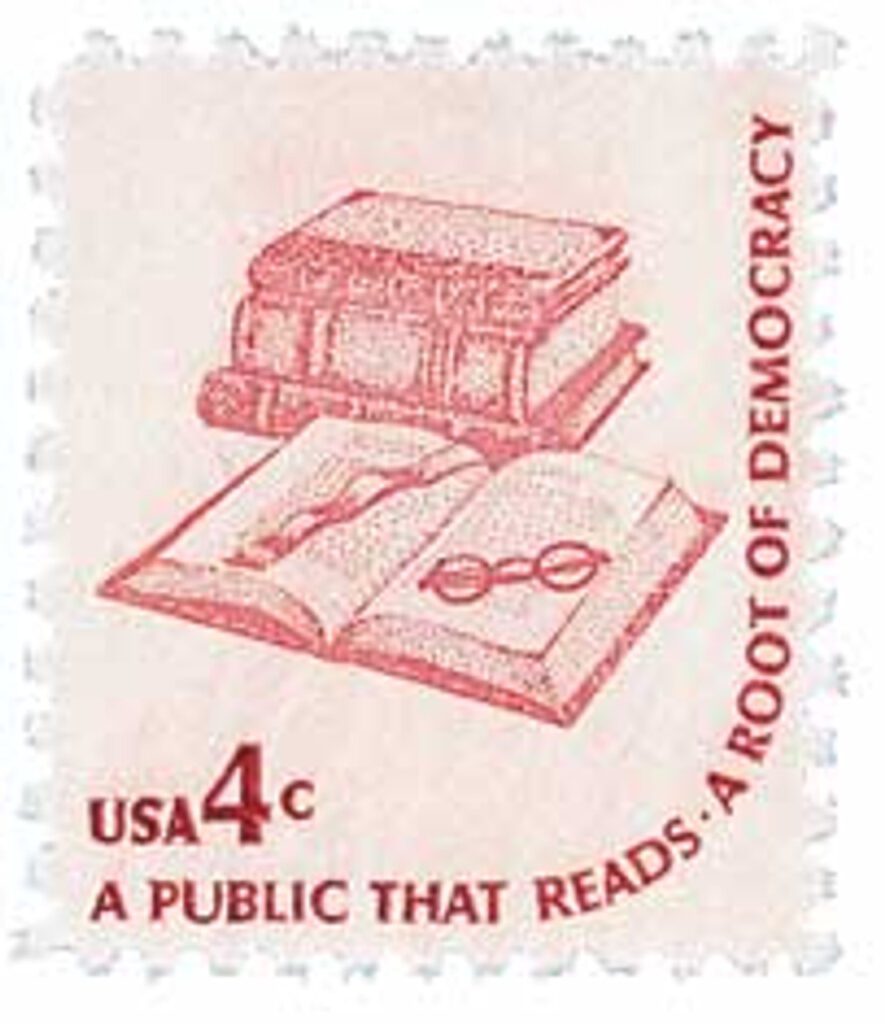
Thanks Mystic. I appreciate the history lesson on someone I had never heard of.